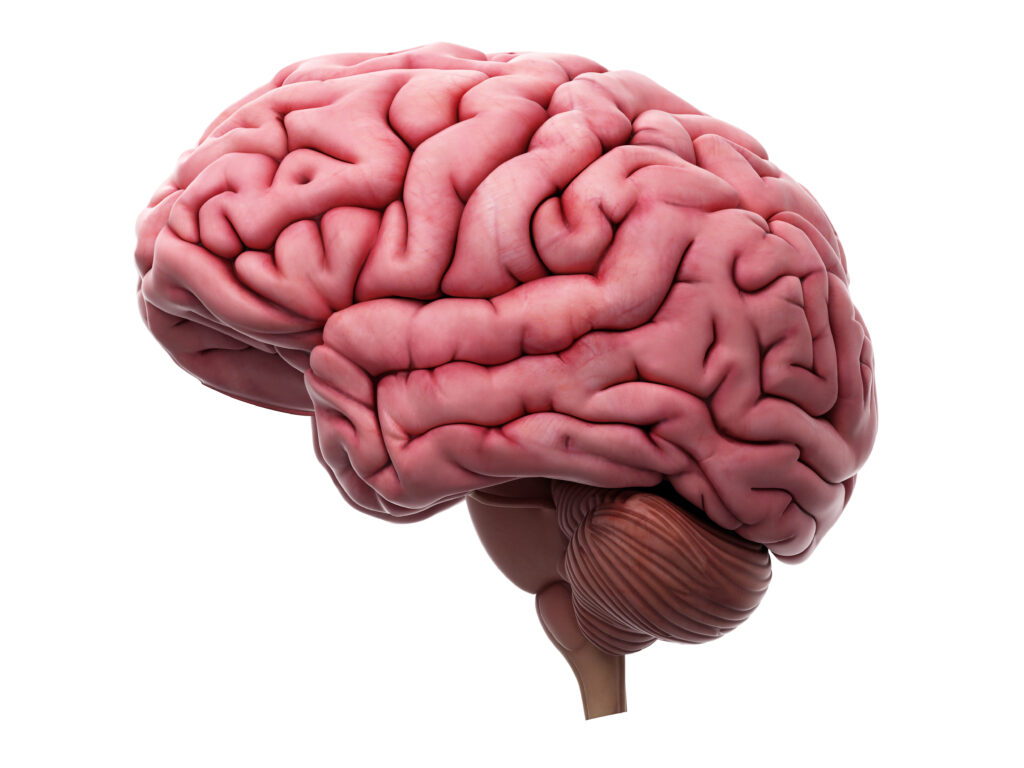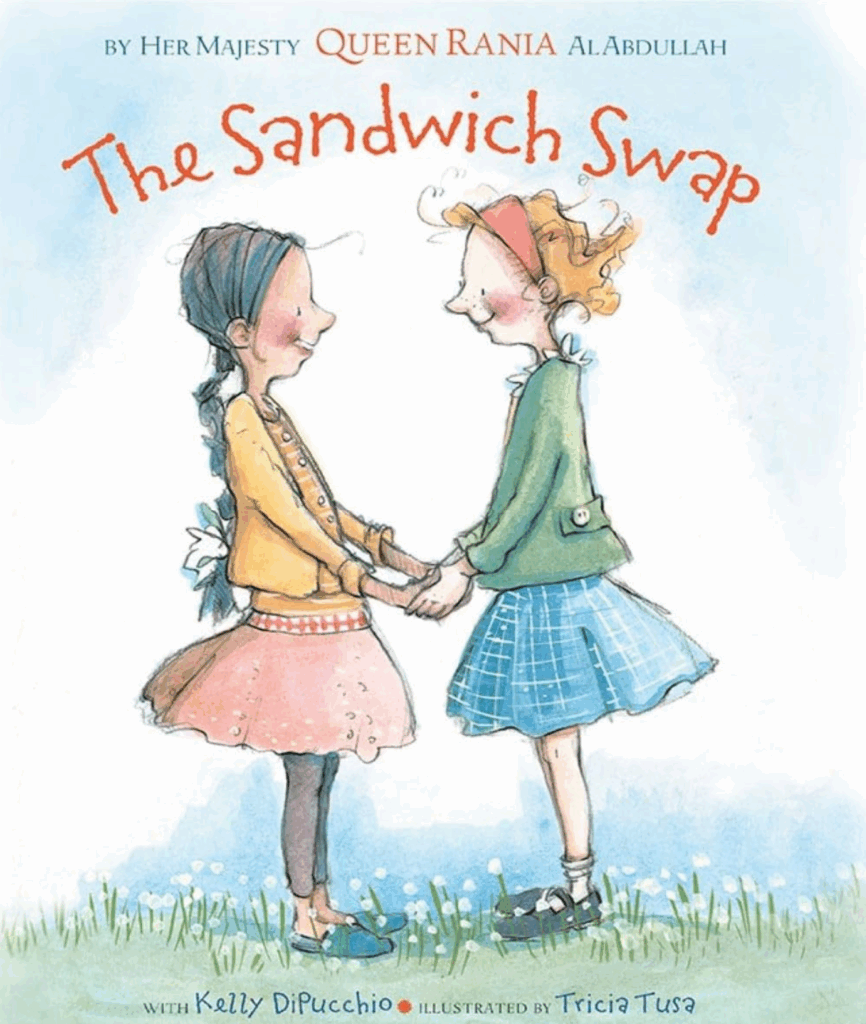Teachers often hear plenty about how the brain works and what helps kids learn best. But not all popular ideas are true—and some common misconceptions, called neuromyths, can actually mislead us and hurt our teaching efforts. Here’s a clear, friendly guide to the most widespread neuromyths and what research really says, so teaching can be smarter and simpler for everyone.

1. Learning Styles
“Some kids learn best by seeing, others by hearing, and some by moving. Teaching to each style helps them learn better.”
This is the number one neuromyth—over 90% of teachers believe this (Dekker et al., 2012; Torrijos-Muelas et al., 2021). Though students might enjoy certain ways of learning, research shows that matching teaching to “learning styles” (like visual, auditory, or kinesthetic) does not improve learning. Instead, all students benefit from lessons that use a mix of reading, talking, seeing visuals, and hands-on activities (InnerDrive, 2024; Pashler et al., 2008).
2. Multiple Intelligences
“Everyone has different intelligences—like musical, logical, or spatial—and lessons should cater to these.”
While it’s true people have varied strengths, the idea that these are distinct intelligences needing special teaching approaches isn’t backed strongly by science (Howard-Jones, 2014; Torrijos-Muelas et al., 2021). Teachers are best off teaching skills and ideas in many ways that work for all learners (Torrijos-Muelas et al., 2021).
3. Left-Brain vs. Right-Brain
“Some students are left-brained and logical; others are right-brained and creative. Teaching should match this.”
Brains don’t split tasks so neatly. Both sides work together for most activities. Lessons designed around this myth don’t help and may limit students’ growth (Dekker et al., 2012; Torrijos-Muelas et al., 2021).
4. Only 10% of the Brain Is Used
“We use just a tiny part of our brains—imagine how much untapped potential we have!”
This is false. Brain scans show nearly all parts are active, even during simple tasks. No part goes unused (Howard-Jones, 2014; Dekker et al., 2012).
5. Coordination Exercises Instantly Boost Brainpower
“Quick motor activities or ‘Brain Gym’ exercises improve brain function and thinking.”
Movement is great for focus and health, but brief coordination exercises don’t improve how the brain thinks or integrates its parts (Torrijos-Muelas et al., 2021; Dekker et al., 2012).
6. Sugar Makes Kids Hyper
“After sugary snacks or birthday treats, kids go wild and uncontrollable.”
Despite how common this belief is, studies show sugar does not cause hyperactivity—even in children with ADHD (National Geographic, 2024; WebMD, 1998). Sometimes celebrations with treats include games, excitement, and socializing—that’s what really gets children energized, not the sugar itself (National Geographic, 2024; InnerDrive, 2024). Plus, adult expectations can influence how hyper kids seem (WebMD, 1998).
Takeaway for teachers:
Enjoy treats as part of celebrations, but don’t blame sugar for energetic kids. Instead, promote overall healthy eating habits for long-term wellbeing.
What Can Teachers Do?
- Use varied teaching methods instead of trying to match students to fixed “learning styles.”
- Seek out teaching practices supported by strong research.
- Talk openly with colleagues about myths and what science tells us.
- Question new “brain-based” ideas and ask where the evidence is.
By staying curious and thoughtful about these myths, teachers can make lessons more effective and less complicated—helping every student thrive in smarter classrooms.
References
Dekker, S., Lee, N. C., Howard-Jones, P., & Jolles, J. (2012). Neuromyths in education: Prevalence and predictors of misconceptions among teachers. Frontiers in Psychology, 3, 429. https://doi.org/10.3389/fpsyg.2012.00429
Torrijos-Muelas, M., González-Víllora, S., & Bodoque-Osma, A. R. (2021). The persistence of neuromyths in the educational settings: A systematic review. Frontiers in Psychology, 11, 783563. https://doi.org/10.3389/fpsyg.2020.783563
Howard-Jones, P. A. (2014). Neuroscience and education: Myths and messages. Nature Reviews Neuroscience. https://doi.org/10.1038/nrn3817
Pashler, H., McDaniel, M., Rohrer, D., & Bjork, R. (2008). Learning styles: Concepts and evidence. Psychological Science in the Public Interest, 9(3), 105–119. https://doi.org/10.1111/j.1539-6053.2009.01038.x
WebMD. (1998). Busting the sugar-hyperactivity myth. Retrieved from https://www.webmd.com/parenting/features/busting-sugar-hyperactivity-myth
National Geographic. (2024). Sugar doesn’t actually make kids hyper—here’s why so many believe it does. Retrieved from https://www.nationalgeographic.com/premium/article/sugar-rush-kids-nutrition-health
InnerDrive. (2024). Neuromyths and how to combat them: An educator’s guide. Retrieved from https://www.innerdrive.co.uk/blog/combat-neuromyths/
Newton, P., & Salvi, C. (2020). Why the learning styles neuromyth is still thriving in medical education. Perspectives on Medical Education, 9(3), 168–171. https://doi.org/10.1007/s40037-020-00575-4
Willis, J. (2015). The high cost of neuromyths in education. Edutopia. Retrieved from https://www.edutopia.org/blog/high-costs-neuromyths-in-education-judy-willis
Little Tidbits – The Sandwich Swap

The Sandwich Swap invites meaningful conversations about diversity and empathy. Through Lily and Salma’s friendship, students learn to appreciate differences, respect others’ cultures, and celebrate unique traditions through storytelling, sharing, and creative classroom activities.





